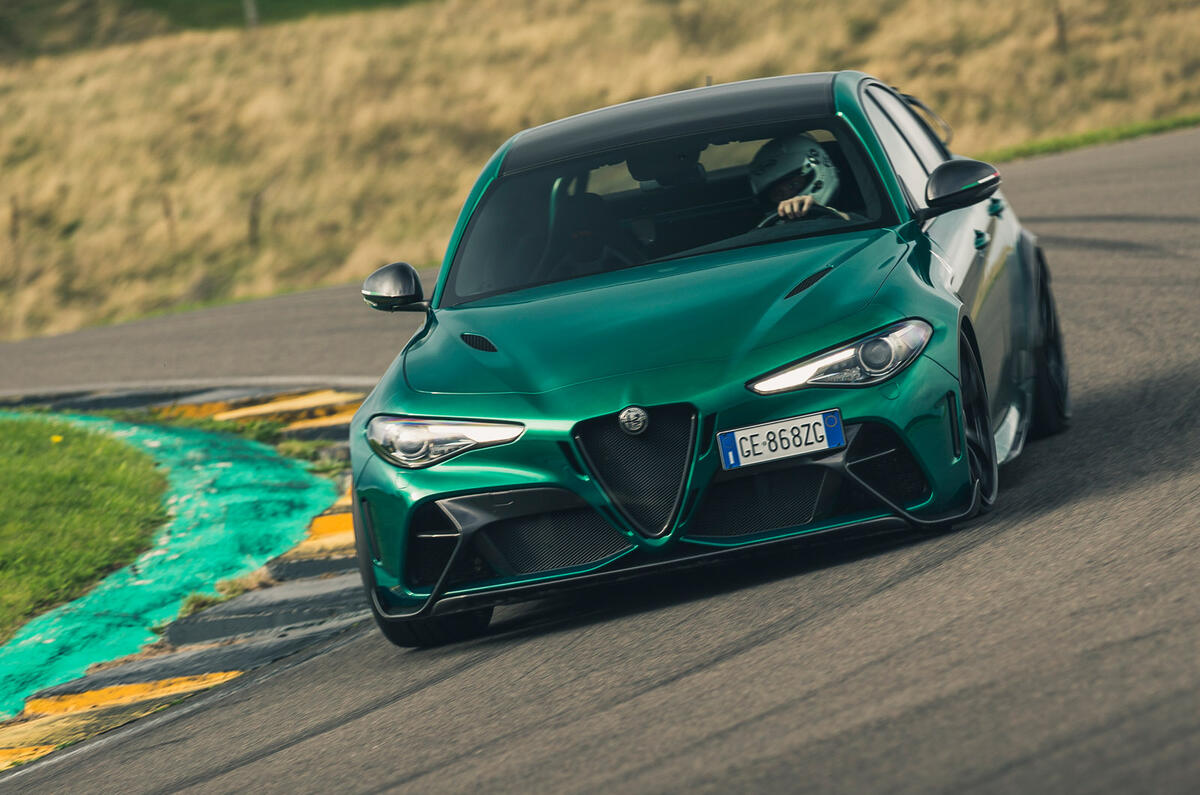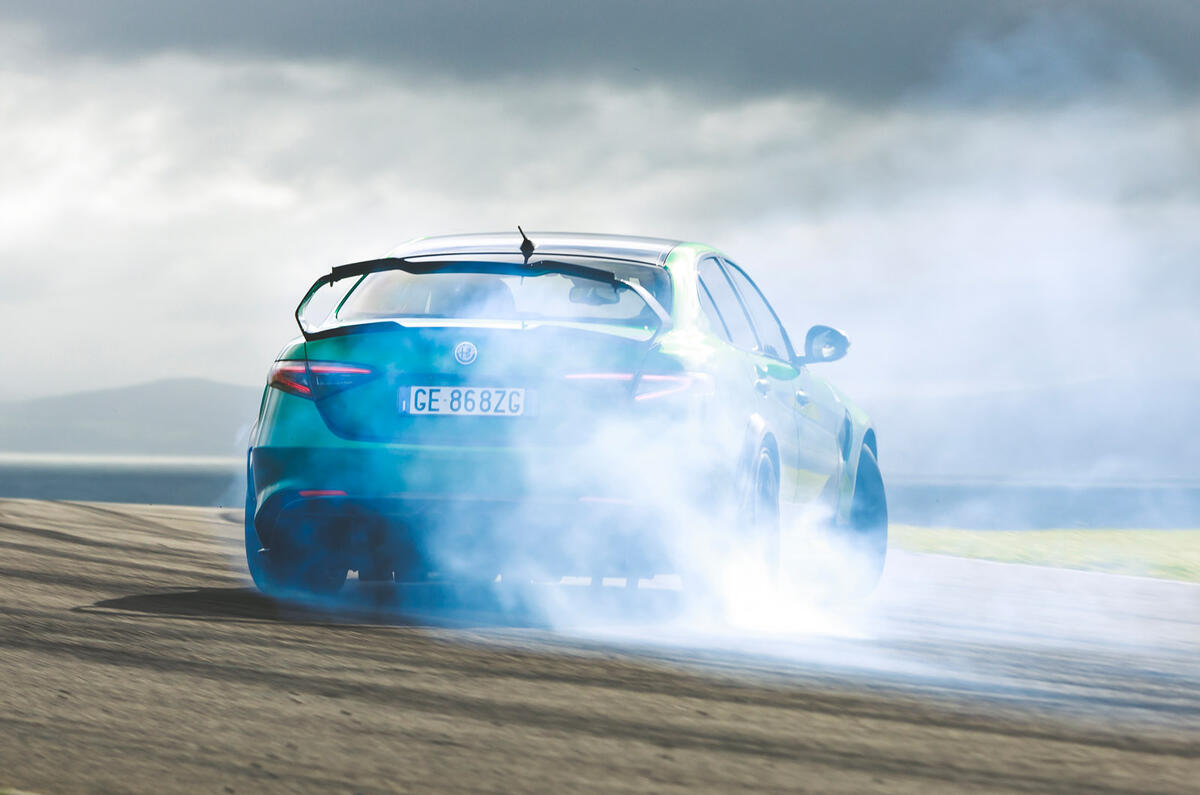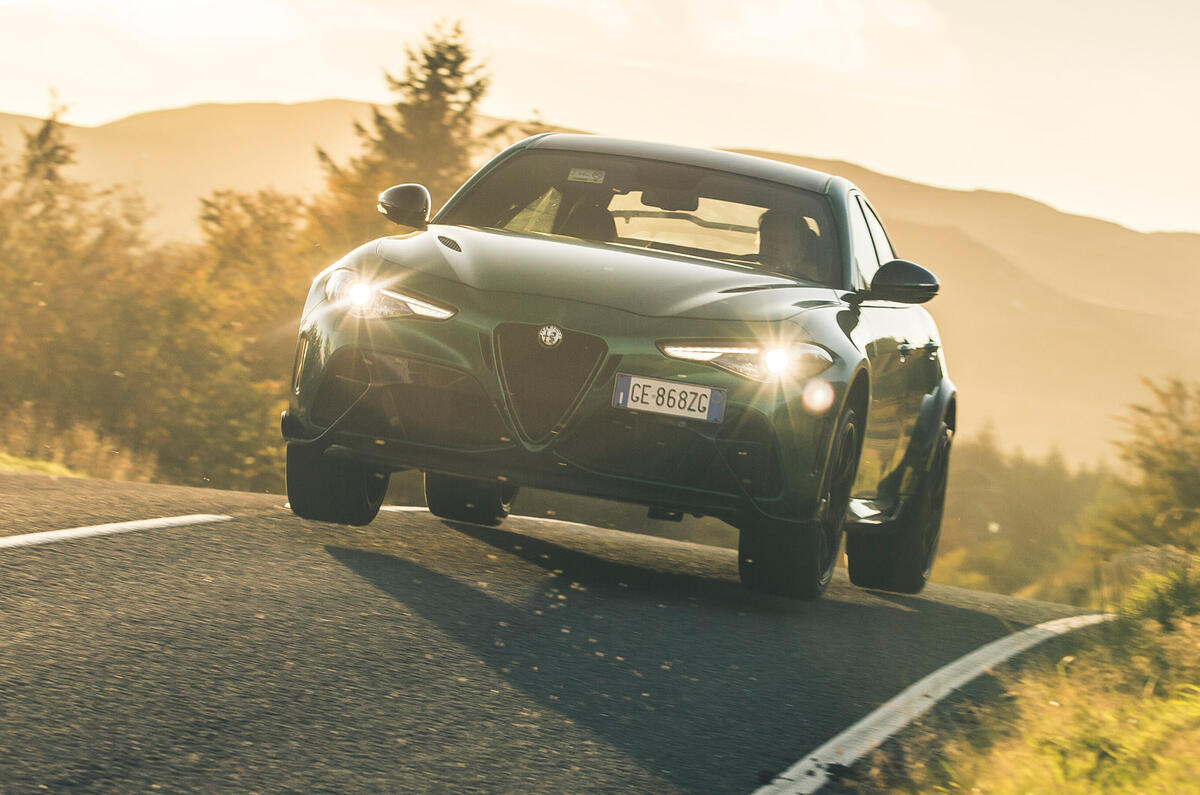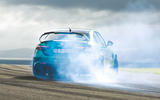In the UK last year, just 1574 Alfa Romeo cars were registered – less than lacklustre Smart (1581) and clinging-to-life Subaru (2107), and barely more than Ssangyong (1525).
The news is no better elsewhere around the globe: Alfa’s modern-day high point in European volume terms came in 2001, when it registered 205,431 cars. Pre-pandemic, it managed just 54,365 in 2019, and 35,718 in 2020. Numbers are still being collated for last year but are expected to be around 25,000 – an eighth of where Alfa was 20 years ago, despite at least two ‘reinventions’ since then. US registrations will struggle to double that number.









Join the debate
Add your comment
So many good comments here. Alfa seems to have been its own worst enemy in so many ways. For myself, I'd have loved to have bought a Giulia estate at two points in recent years... ...if only such a thing had existed.
There are some fundamental non-negotiable when it comes to running a car business, one of the critical ones being "continuity of product".
When the Alfa 159 production ends you seamlessly introduce the new Giulia. When the Giulietta production finishes you seamlessly introduce the Tonale. If you can't do these basics then you're screwed.
Especially, especially, especially in a lease dominated market. No new cars to lease, no new sales. Guess what, as people's leases come to an end your sales tank cos they have to go elsewhere.
Stellantis tho might have actually played a blinder. With EVs and skateboards and the like, you could argue it's never been easier and more cost effective to support multiple brands of the same platform. And they've got A LOT of brands, Alfa amongst them. Another last chance at the Last Chance Saloon, on Last Chance Saloon Avenue in Last Chance Saloon City for Alfa.
Alfa's is in an even bigger mess than Jaguar who are outselling them by quite a big margin. Personally I think the answer in Jaguar's case is to largely replicate Porsche's line up and strategy. Focusing on larger margins. I'm not sure Alfa can try the same trick.